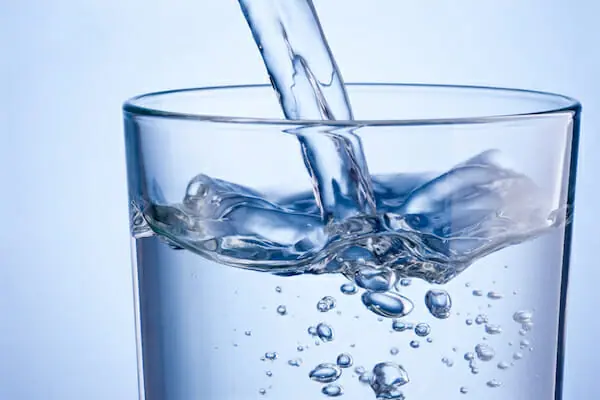
The process of water softening can cause water to have an elevated amount of sodium. While most soft water is perfectly safe to drink, elevated sodium levels may not be ideal for people with high blood pressure. But even for those with health concerns, there is a way to make softened water drinkable. This article will provide information on how to make softened water drinkable and have more control over the water you’re drinking.
How to Make Soft Water
Water hardness, caused by compounds of calcium and magnesium, increases the amount of soap to lather and causes minerals to leave scale on pipes. A water softener removes minerals from water through an ion exchange process. Water softeners have polystyrene beads that are charged with sodium chloride ions. When hard water passes over the beads, the mineral ions and sodium chloride ions swap. This frees the water from minerals.
The safety of softened water depends on the hardness. If the water is extremely hard, it means that the majority of the calcium and magnesium has been replaced by sodium. According to the Water Quality Association, water hardness is measured by grains per gallon or parts per million (ppm).
| Degree of Hardness | Grains per Gallon | PPM (or mg/L) |
| Soft | <1.0 | <17.0 |
| Slightly Hard | 1.0-3.5 | 17.1-60 |
| Moderately Hard | 3.5-7.0 | 60-120 |
| Hard | 7.0-10.5 | 120-180 |
| Very Hard | >10.5 | >180 |
Can I Drink Softened Water?
While most softened water is perfectly safe to drink, the amount of sodium in the treated water will depend on the hardness of the original water. If the water hardness is below 400 ppm calcium before you soften it, then you can drink it with little concern. If your water hardness exceeds 400 ppm, then you will have to purify your water further in order to reduce the sodium content in the soft water.
Does Soft Water Contain Sodium?
Softened water does contain sodium. A gallon of soft water has the same amount of sodium as one slice of bread. However, this amount can be much more if you have very hard water. To find out if you have very hard water, you can consult the U.S. Geological Survey or contact your local water authority.
Water with 400 ppm calcium would be very hard, as the scale for water hardness classifies “very hard” as a ppm of 180 or higher. Few water sources will have mineral deposits that high.
Softened Water Side Effects
Since soft water contains a slightly higher amount of sodium, it can elevate your blood pressure. Because of this, softened water is not an ideal choice for somebody with high blood pressure. Too much sodium and elevated blood pressure can damage your kidneys and your eyes, is harmful to your heart and can cause other issues that are present in people with high blood pressure.
If you are concerned about sodium in your diet, it’s important that you know how hard your water is before softening. If the hardness is less than 400 ppm, the soft water is safe to drink. A hardness level of higher than 400 ppm will result in a higher quantity of sodium in the water after softening, meaning you may want to avoid drinking it.
How to Make Soft Water Drinkable
If you have very hard water and you’re concerned about sodium, the best way to make soft water drinkable is to use a reverse-osmosis filter. Reverse osmosis is a type of water purification technology that uses a semi-permeable membrane to remove salt and other large particles from the drinking water. Therefore, it leaves you with sodium-free, chemical-free, great-tasting and healthy water.
Other types of filters will not help make soft water drinkable, as they do not remove sodium or certain minerals.
Experience Safe Soft Water
You can drink softened water, but it’s important to check the hardness level beforehand. If it’s below 400 ppm, then it’s safe to drink. If it’s above 400 ppm, then you will need to place a reverse osmosis filter to get rid of the sodium levels. To learn more about water softeners, whole-house filtration systems, and reverse-osmosis filters, contact Clear Water Concepts.

